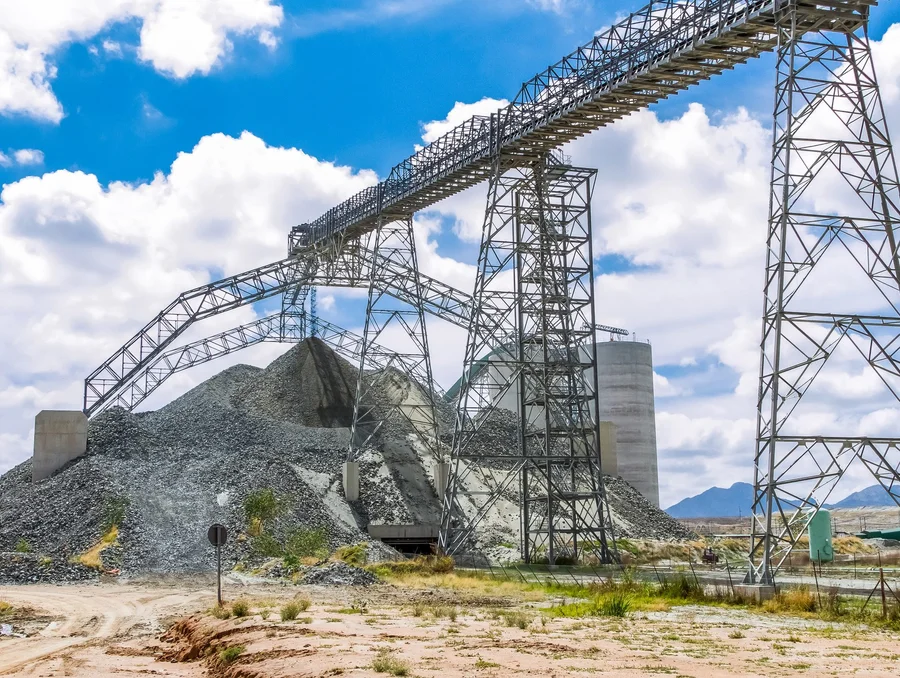As Northam Platinum’s earnings per share fall 81.6% in the year, company CEO Paul Dunne warns that EVs are hitting South Africa’s platinum mining industry.
South Africa’s platinum mining industry has entered a phase of irreversible decline as producers struggle with low prices and demand suffers from the rise of battery electric vehicles, Northam Platinum CEO Paul Dunne has told Reuters .
The price of the precious white metal once topped $2,000 an ounce, but has slid 13% since the beginning of last year, to $939 an ounce. Along with its close relative rhodium, the two metals are used chiefly in the catalytic converters used to clean exhaust fumes by the auto sector. It’s a market that accounts for around 40% and 80% of demand for platinum and palladium respectively.
Northam says its headline earnings per share fell 81.6% in the year to end June to 4.45 rand ($0.2506) from 24.15 rand previously, largely due to lower prices. The price of platinum’s sister metal, palladium, also fell 40% in 2023 and is down 10% so far this year, while rhodium is trading around $4,750 an ounce, well below its 2021 peak of nearly $30,000 an ounce. Shares in South Africa’s fourth largest platinum miner were down 8.2% at the end of last week.
Platinum output in South Africa, the world’s top supplier of the metal, has been gradually declining since a peak of about 5.3 million ounces in 2006, according to data from Johnson Matthey.
South Africa platinum output ‘will drop 10% by 2029’
Dunne said he expects South African output to fall by about 10% over the next five years to around 3.5 million ounces from some 3.9 million ounces currently. He added, though, that he expects Northam’s output to stabilise at around 1 million ounces a year, a long-term target for the group, which produced just under 900,000 ounces in the year to June 30.
Northam has been ramping up production at its Eland mine, which it bought in 2017. South African production has been weighed down by years of under-investment in new mines, while growth in battery-powered vehicles has hurt demand, Dunne said.
“We haven’t replaced that asset base and the asset base is a depleting asset, all mines are depleting assets from day one,” he said. “This will exacerbate the natural depletion of South Africa’s ageing shafts.”
The CEO estimates that, industry wide, platinum output will probably decline by 500,000 ounces every five years as investors balk at investing in building new mines.
South Africa’s platinum miners, among the country’s largest foreign currency earners, employ more than 181,000 workers directly. The sector’s decline mirrors that of South Africa’s gold mining industry, which was once the world’s largest, but now ranks 12th globally, according to the World Gold Council.
Impala Platinum CEO Nico Muller also told Reuters it was “highly improbable” that new mines could be built in South Africa as low metal prices continue to batter the industry. South Africa’s platinum mines, some of which are the world’s deepest, are not highly mechanised and therefore costly to operate.



